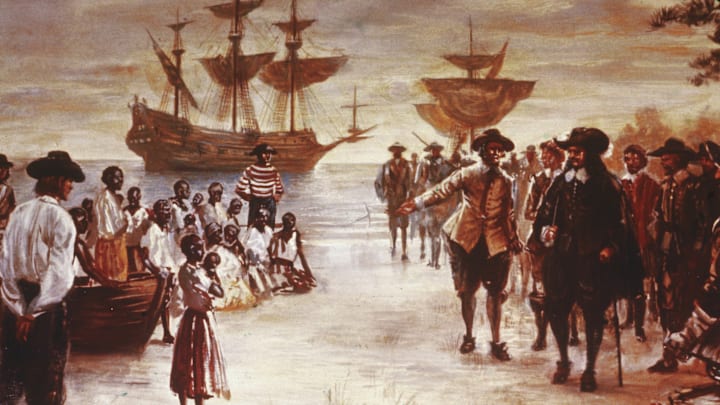The Impact of the Transatlantic Slave Trade

The origins of the transatlantic slave trade can be traced to the European colonization of the Americas and the demand for labor to cultivate cash crops such as sugar, tobacco, and cotton. European powers, including Portugal, Spain, Britain, France, and the Netherlands, established colonies in the New World and sought to maximize their economic output. The indigenous populations of the Americas, initially forced into labor, were decimated by disease and violence, leading to a labor shortage that was filled by the importation of African slaves.
The transatlantic slave trade involved a complex and brutal system of capture, transportation, and exploitation. Africans were captured through wars, raids, and trading with African leaders who participated in the trade. Captives were then transported to the coast, where they were held in fortified trading posts and sold to European slave traders. The Middle Passage, the voyage across the Atlantic Ocean, was marked by horrific conditions. Enslaved Africans were packed into overcrowded ships, enduring squalid conditions, disease, and abuse. The mortality rate during the Middle Passage was extremely high, with an estimated 15-20% of captives perishing during the journey.
Upon arrival in the Americas, enslaved Africans were sold at auctions and forced to work on plantations, mines, and other enterprises. They were subjected to harsh treatment, including physical punishment, long hours of labor, and the denial of basic human rights. The brutal exploitation of enslaved Africans contributed significantly to the economic development of the Americas, particularly in the Caribbean, Brazil, and the southern United States.
The impact of the transatlantic slave trade on Africa was devastating. The trade led to the depopulation of certain regions, as millions of young and able-bodied individuals were forcibly removed from their communities. This loss of human capital had long-term economic and social consequences, disrupting traditional societies and economies. The involvement of African leaders and traders in the slave trade also fueled internal conflicts and violence, as different groups vied for control of the lucrative trade.
In the Americas, the transatlantic slave trade created deeply entrenched systems of racial inequality and oppression. The institution of slavery was justified by a racist ideology that dehumanized Africans and perpetuated the notion of white supremacy. This ideology had lasting effects on social and racial dynamics, contributing to systemic racism and discrimination that persist to this day.
The cultural impact of the transatlantic slave trade was also significant. Enslaved Africans brought with them diverse cultural practices, languages, and traditions, which influenced the development of new cultural identities in the Americas. African influences can be seen in the music, dance, religion, and cuisine of the Americas, contributing to the rich cultural diversity of the region.
The abolition of the transatlantic slave trade and the eventual emancipation of enslaved people were significant milestones in the fight for human rights. The abolitionist movement, which gained momentum in the late 18th and early 19th centuries, was driven by a combination of moral, economic, and political factors. Activists such as William Wilberforce, Olaudah Equiano, and Frederick Douglass played crucial roles in raising awareness and advocating for the end of the slave trade and slavery. The British Parliament's passage of the Abolition of the Slave Trade Act in 1807 and the United States' abolition of the slave trade in 1808 were major steps towards ending the transatlantic slave trade. However, slavery itself persisted in many regions until the mid-19th century, with the American Civil War (1861-1865) leading to the eventual abolition of slavery in the United States.
The legacy of the transatlantic slave trade continues to shape contemporary discussions on race, inequality, and justice. The enduring impacts of the trade are evident in the socio-economic disparities and systemic racism faced by African-descended populations in the Americas and beyond. Efforts to address this legacy include reparations, public memorials, and educational initiatives aimed at acknowledging and understanding the historical injustices of the transatlantic slave trade.
In conclusion, the transatlantic slave trade had a profound and far-reaching impact on Africa, the Americas, and Europe. The forced transportation and enslavement of millions of Africans contributed to the economic development of the Americas while causing significant human suffering and long-lasting social and cultural consequences. The legacy of the transatlantic slave trade continues to influence contemporary discussions on race, justice, and human rights, highlighting the importance of understanding and addressing this dark chapter in history.